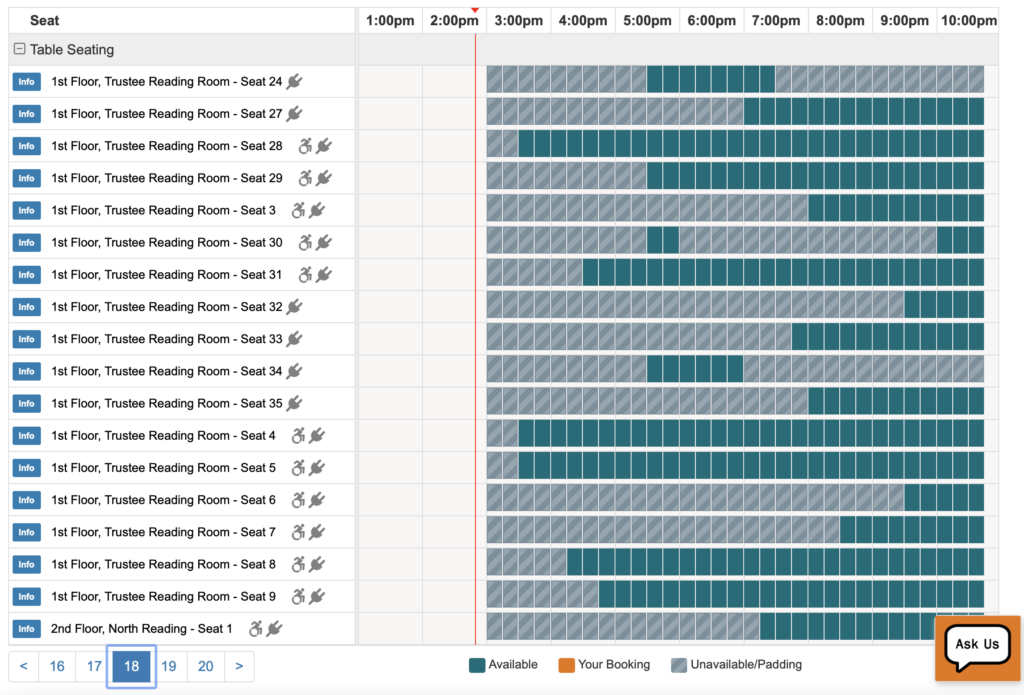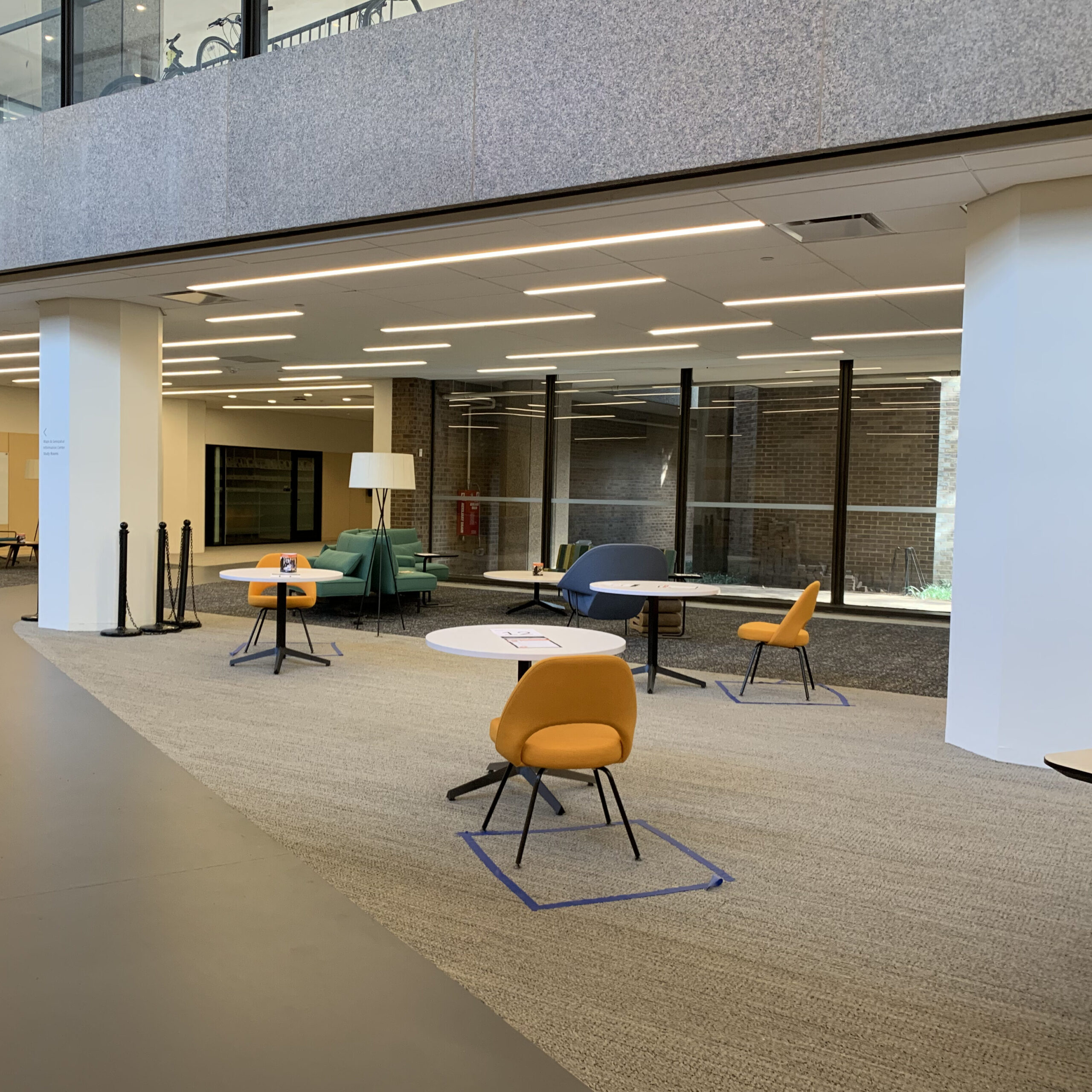Last school year, during my first year at Princeton, I rarely ventured out to study in the libraries, instead preferring to stay in the comfort of my dorm room. However, after spending the fall semester at home, I realized just how much I missed the Princeton libraries, and I regretted not taking advantage of this amazing resource more often while on campus.
Going into spring semester, I challenged myself to explore the many incredible study spaces on campus that I had never been to. I was partly inspired by this post on the best study spaces on campus, and I wanted to provide an update on how studying on campus during a pandemic is like. A lot of the logistics around studying in the libraries have changed due to new Covid-19 regulations. So, in this article, I am going to lay out the changes to the Princeton library system and provide an update on some of the best new study spaces on campus.
New updates to the library system. Gone are the days when you could spontaneously wander into any library you wished. In order to keep libraries from overcrowding, the University has introduced a new reservation system through the Study-Browse Service on the library website. On the reservation system, you can select the library you wish to study in as well as what seat you want to reserve, which is sorted by the type of seating. Some places, like Firestone’s Trustee Reading Room gets fill up pretty quickly, so you definitely want to book ahead. However, other places, like Stokes Library (which is one of my new favorite libraries on campus), are always pretty empty, and you can pick practically any seat you want.

It is good to keep in mind that different libraries have different hours. While the East Asian Library typically closes at 5 pm on Saturdays, Firestone is open until 10:45 pm, making it a popular spot for late-night weekend studying.
Other study spaces on campus. Also, there are a number of spaces on campus that are open from 6:45 am until midnight and do not require a reservation. These locations are the common spaces in East Pyne, Friend Center, Frist, Julius Romo Rabinowitz/Louis A. Simpson building, Lewis Arts complex, Lewis Library, McDonnell Hall, and Robertson Hall.
What to expect when studying in a library during a pandemic. Well, first of all, the seating is pretty spaced out to minimize close contact between students. That means you might get an entire table to yourself – something I view as an advantage because you can spread all of your books out without being cramped. Also, make sure to wear your face covering at all times. Another important change is that hand sanitizer and Lysol wipes have been placed throughout the study spaces in order to wipe down your area both before and after you finish studying.
I have loved exploring all the different study spaces on campus, so I wanted to highlight one of my new favorites that most students don’t know about. The new Engineering Library underneath Fine Hall and Lewis Library was recently under construction but is now finished. This space has large windows with sunlight streaming in and is decorated with colorful furniture. There is also a brand-new Makerspace attached to the library. I don’t think that many students are aware of this space, considering that it is usually pretty empty whenever I am there, but I would highly recommend checking it out.
If you want to explore other libraries on campus besides Firestone, now is the time to do so. As Princeton students, we have world-class libraries just a short walk away from our dorms. Also, staying cooped up in our rooms for classes can be tiring, so I personally like to hit the library afterwards to refresh my mind. A change of scenery can help increase productivity and creativity and help prevent burnout. I would highly recommend taking advantage of this resource by exploring the different atmosphere that each library has to offer. Who knows, you might just find your new favorite study spot.
– Bridget Denzer, Engineering Correspondent


